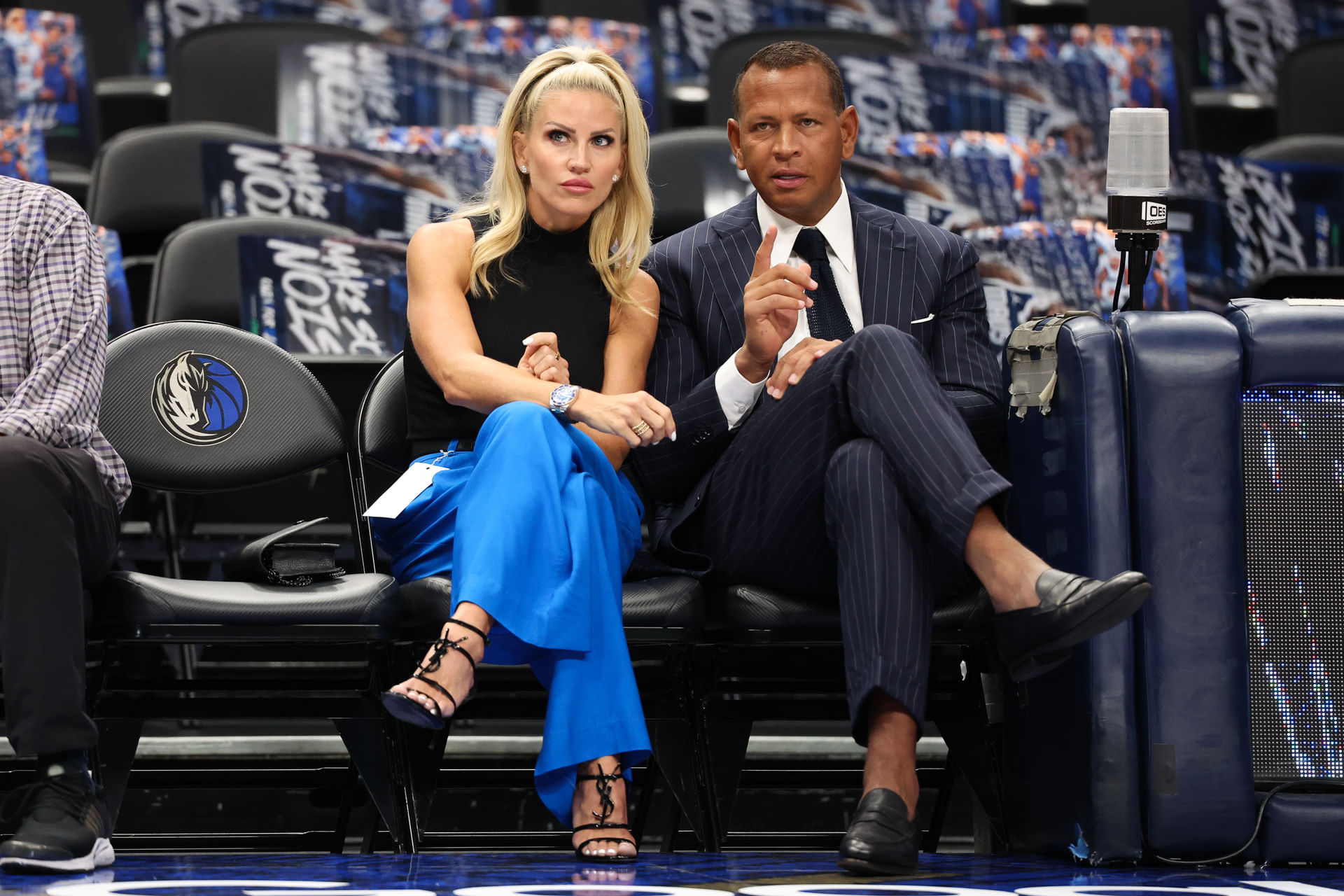
Running is a popular way to stay fit, at any stage of life.
In fact, Fauja Singh was 100-years-old when he became the oldest person to ever run a marathon, having only picked up the sport at the age of 89.
That said, how fast and efficiently you can run does naturally change as you get older. And whether you prefer to stick to 5kms — or train for a longer race — keeping an eye on your mile pace is a great way to measure your fitness, especially for beginners.
When it comes to running, personal trainer and nutritionist Joseph Webb, tells Metro: ‘Age can guide expectations, but with smart training and recovery, you might surprise yourself at what you’re capable of.’
So, just how fast should you be able to run a mile according to your age?

Ages 20-39: 7-10 minutes
‘Average healthy adults in this bracket typically run a mile between seven to 10 minutes. Trained runners may push under six to seven minutes,’ Joseph says.
He adds that aerobic capacity (the amount of oxygen your body can utilise during exercise) is at its peak at this age, and you’re also likely to have better joint and tendon resilience to support faster speeds.
But how often should you be running? Joseph suggests three to five runs per week for most healthy adults is a good number, depending on their goals and experience. He advises a mix of long runs, moderate runs and interval speed sessions.
‘Recovery is quicker in this age group,’ he explains. ‘There’s potential to build a good aerobic base and speed.’
Ages 40-59: 9-12 minutes
A realistic time for runners in this age category to complete a mile is nine to 12 minutes. At this age, Joseph says that ‘muscle mass and aerobic capacity naturally decline, unless you counteract with regular training’.
He adds: ‘Recovery takes longer, but with consistency, many in their 40s-50s run similar times as those in their 30s.’
Signs you’re pushing yourself too hard
Many runners feel inclined to push themselves to beat personal records and better their times. However, if you’re dealing with any of these issues, you might want to rethink your training.
- Sleep disturbance or mood swings
- Sharp or stabbing pains rather than a more dull soreness
- Swelling or joint instability
- Extreme fatigue lasting beyond 48 hours
- Elevated resting heart rate (a sign of poor recovery)
He advises those aged 40-59 to set themselves two to four runs per week, a mix of long moderate and interval sessions. This, he says, is the ‘sweet spot’ to balance fitness and recovery.
Joseph explains: ‘Recovery starts to slow, so quality over quantity is key. Longer runs are still possible, but you should be flexible based on how you’re recovering. Strength training becomes vital here to preserve muscle and protect joints.’
Ages 60+: 11-15 minutes

Joseph advises his clients aged 60 and over aim for a mile pace of 11 to 15 minutes. He says two to three runs maximum is ideal for this age category.
At this age, he says: ‘Joint and tendon recovery slows, and impact tolerance can reduce.
‘Maintaining aerobic fitness, balance, and joint mobility is the priority, not accumulating big mileage.’
He adds: ‘Aerobic capacity, muscle strength and joint health naturally shift with age. But training history, nutrition and lifestyle all matter just as much.
‘I have coached clients in their 50s and 60s who outperform sedentary 30-year-olds.’
Why does running feel more difficult as we age?
There are plenty of reasons why running feels more difficult as we get older.
Joseph explains: ‘Without strength work, we lose 1% muscle mass per year after 40, weakening running mechanics and increasing joint wear and tear.’
Joints and tendons also stiffen, collagen stiffens, tendons lose elasticity and cartilage thins.
There’s also a longer recovery time. ‘Older bodies take longer to repair micro-tears and inflammation.’
Joseph stresses the importance of recovery when running. He says: ‘You should prioritise seven to nine hours of sleep per night and add in naps if you have the time and need to.’
He also advises taking rest days and eating adequate protein. He adds: ‘Use foam rolling, massage, stretching and hydration to aid recovery.’
Find running too challenging? Here are some alternative exercises
There are plenty of other exercises to build fitness that are less impactful than running. Joseph says:
- Yoga & Pilates improve flexibility, balance, joint control and breathwork.
- Brisk walking is easier on joints but still boosts heart and lung health.
- Cycling both indoor and outdoor is great for leg strength and endurance.
- Swimming or aqua jogging is a very joint-friendly, full-body workout.
- Rowing on a machine is an excellent combo of cardio and strength.
Do you have a story to share?
Get in touch by emailing MetroLifestyleTeam@Metro.co.uk.
MORE: I’m a surfing holy bishop who found my calling running ultra-marathons
MORE: 7 freebies 2025 London Marathon runners can claim this weekend, from Lush to TfL
MORE: This simple move should be easy for under 30s — can you manage it?




